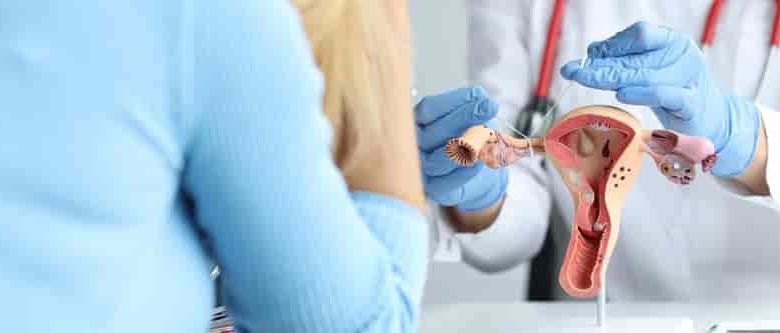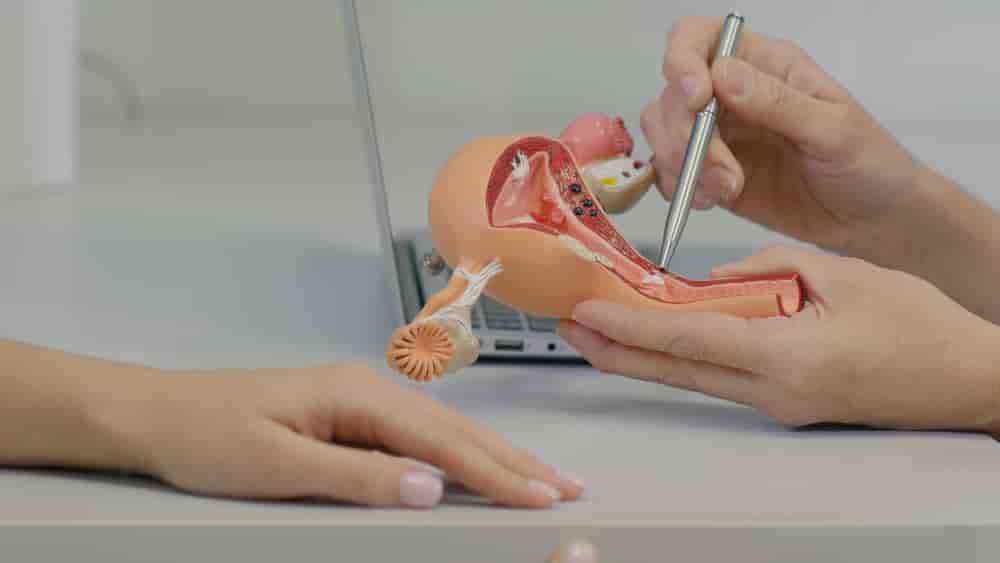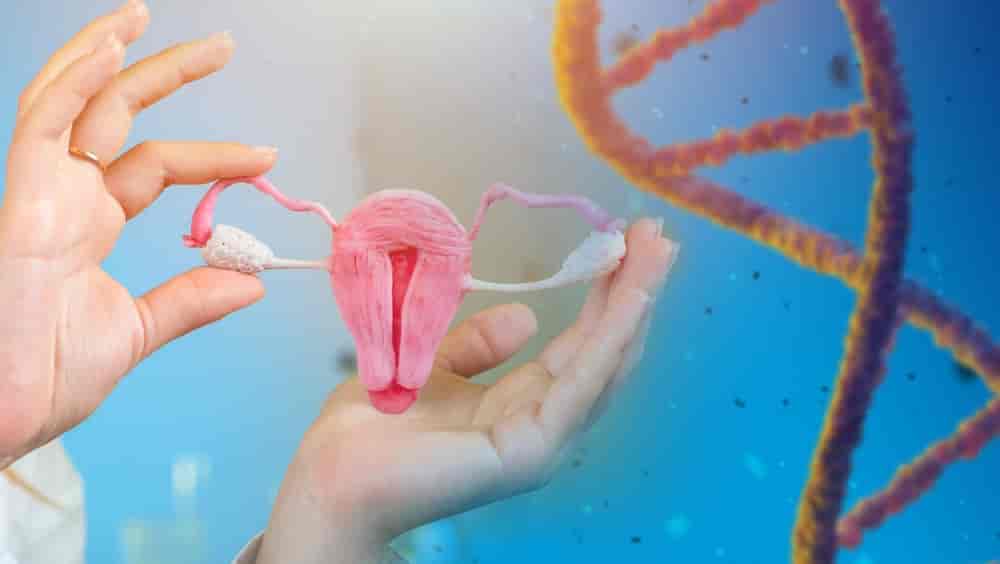The Recovery Process After Tubal Reversal: What to Expect

Tubal reversal is a surgical procedure to restore fertility in women who have undergone tubal ligation previously. During the surgery, the blocked or closed portions of the fallopian tubes are reconnected or repaired, allowing the possibility of natural conception. The procedure involves making small incisions in the lower abdomen and accessing the fallopian tubes.
The procedure is critical, and knowing how to get insurance to pay for tubal reversal and understanding the pre-op and post-op rituals for better healing is important. The post-operative healing process is elaborate but essential. It is all about the dos and don’ts that are strictly to be followed to be better in no time.
What Happens Immediately After The Tubal Reversal Surgery?
The immediate procedure after getting out of the surgery is the most crucial step of the healing process. The recovery process is elaborate and requires a lot of discipline on the patient’s part. However, here’s a brief peek into the recovery process, the amount of time it’ll require to heal, and things you need to keep in mind during the patient’s post-operative care after the tubal reversal surgery.

The tubal reveal recovery process can be majorly categorized into five sections:
- Immediate procedure after surgery
- Hospital Stay
- Post-operative care
- Recovery Period
- Regular Follow-up
The first thing done after performing the tubal reversal surgery is to take the patient to the recovery area. It is generally a PACU (post-anesthesia care unit) where you’ll be closely monitored once you wake up. Your vitals will be monitored, and you’ll be given pain management medication if you are experiencing any kind of discomfort.
Once this procedure is completed, you’ll be kept under observation. This is where the nurses will provide you with essential instructions regarding wound care, activity restrictions, pain management at home, and when to schedule follow-up appointments. Usually, the patients are discharged within a day, but in some cases, an overnight stay is recommended.
Post-operative care is crucial as you would have to take care of the incision, manage the pain, limit strenuous activity, and be on time for follow-up appointments. Understanding that the immediate recovery procedure, including possible complications in a tubal reversal surgery, may vary from patient to patient is vital. It depends on factors like the surgical facility, specific patient needs, and unique circumstances.
How Long Will It Take To Heal?
The healing process depends entirely on the patient’s health conditions. The average time required to heal from the surgery and be fertile again is 1-2 months. A woman can return to leading her usual life if she takes utmost care of her for these couple of months.

The usual timeline of the healing period can vary from person to person, especially when considering procedures such as tubal reversal vs. IVF, and it depends on several factors, including the individual’s overall health, the surgical technique used, and any complications that may arise. However, the usual timeline looks like this:
- Initial recovery
- The initial recovery lasts a day at max.
- This begins immediately after the surgery when you are taken to the recovery room.
- Once your vitals stabilize, you are free to go home, but before that, you are given a string of instructions to follow for the at-home recovery process.
- Incision healing
- It may take a bit more time, but the incision made during the surgery would take at least 1 to 2 weeks to close.
- It would also take the same amount of time for the stitches and/or surgical glue to dissolve.
- Keeping the incision area clean and dry is important to avoid infection.
- Pain and discomfort
- You may feel a little pain and discomfort for a week or two, but it will gradually subside. If the pain exceeds, you can consult your doctor to manage the discomfort caused by pain.
- Physical activities
- It is advisable not to lift heavy weights or do a strenuous workout for a few weeks after the surgery.
- Most women can gradually resume light activities within a few days to a week.
- Return of fertility
- While the incision might heal in a couple of weeks, your fertility might also return in a few months. You must continue with your regular follow-ups to get guidance regarding when you can start trying to conceive.
What Is The Post-Operative Care Procedure After The Surgery?
Post-operative care after the surgery is essential, and it is important to follow through with every step to heal better and faster. These are a few things that you need to take care of if you wish to be fertile soon:

- Follow your doctor’s instructions.
- Incision care
- Pain management
- Rest and recovery
- Diet and hydration
- Avoid lifting heavy objects
- Take precautions with sexual activity
- Attend follow-up appointments
- Watch for signs of complications
- Emotional support
The Bottom Line
Tubal reversal, or the tubal ligation reversal process, is important for women who wish to conceive. However, the process needs all the precision, and you should take all the precautions once you are done. It is also necessary to know that not all women might be eligible for the process. It depends on various conditions, and you must consult your doctor before making any significant decisions.
Is tubal reversal a major surgery?
It is a major abdominal surgery that is more difficult and takes longer than your original tube-tying operation. Some women may need to stay in the hospital for 1 to 3 days and undergo the tubal reversal recovery process.
How soon after tubal reversal can you get pregnant?
Usually, you can start trying to have a baby one to two cycles after the tubal reversal recovery process ends. Because this procedure can increase the risk of ectopic pregnancy, the doctor closely monitors all patients who become pregnant after tubal reversal.
Is there something to keep in mind during the tubal reversal recovery process?
Apart from strenuous exercise, you must also take care of your diet. Eating a balanced diet is recommended during the process. You must also have a friend who can support you emotionally, as the emotional fluctuations can sometimes be a real rollercoaster.
Your body might experience fatigue after the procedure, so you must rest adequately. Proper sleep and relaxation can quicken the healing process.



